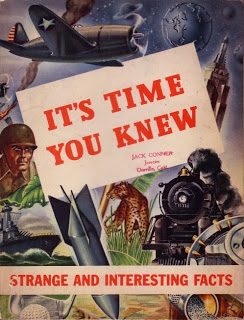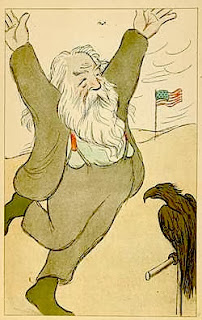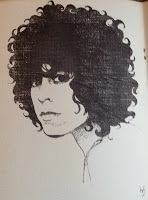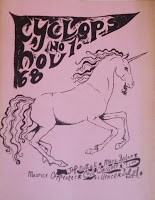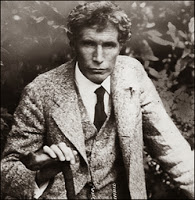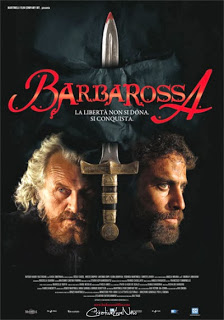Samuel Charters was a London based American writer on the Blues and ethnic music. He was also a poet and on Sunday, February 11, 1973 he decided to publicise his latest book of poetry with a treasure hunt around London where people found the various poems. This is a transcription of the leaflet he distributed about the hunt. In the case of Speaker's Corner he writes 'I'll be near fence by Park Lane from 11 to 2. I won't be arguing with anybody and will be wearing poems. If it's really raining I'll leave about 1.' At the end of the day Charters would be at the Holly Bush pub in Hampstead from 7:30 onwards with extra copies of poems. A merry enterprise, one wonders how it went...London has changed a bit since then.
"FROM A LONDON NOTEBOOK"
Instructions for the treasure hunt
A Note
Most of these poems were written while I was going from place to another place in London over the last year and a half. Sometimes I finally got there, sometimes I just stood around looking at something else and never got there at all, Sometimes I was just getting out of a pub or just going to a pub. Somewhere early in the time this started I bought a notebook in a stationer's in Camden Town, and the poems were scribbled into it as I went along. Since I wrote the poems in so many parts of London it seemed most natural to publish them by scattering them back across London again, in the places where I'd written them, The place where they were written and the poems themselves, in a way, were too closely bound together to be separated.
Continue reading






